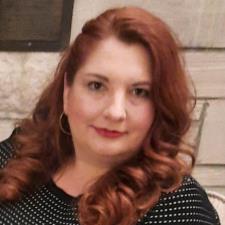
Anonymous A. answered • 07/26/25
26 years of elementary experience
Phonemic awareness—being able to hear and play with the individual sounds in words—is one of the most important early skills children need to become strong readers and spellers. When kids learn to recognize sounds and match them to letters, they’re building the foundation for sounding out (or decoding) new words and spelling them accurately.
As they grow, learning about word parts like prefixes, suffixes, and base words (called “morphemes”) makes reading and spelling even easier. For example, when a child sees a big word like unbelievable, they can break it into un (a prefix), believe (the base word), and able (a suffix). This helps them not only read the word but also understand what it means. These are powerful tools that stay with children as they move into more advanced reading.
These skills aren’t new—they’ve been around for decades—but they haven’t always been taught clearly or consistently in every classroom. That’s where the Science of Reading comes in. Backed by over 50 years of research starting with Dr. Samuel Orton, this approach shows us how children best learn to read. It emphasizes explicit, structured literacy instruction that gives all students—not just some—the tools they need for reading success.
Right now in Kansas, educators are being trained in these methods through an intensive course. Once completed, teachers earn a Seal of Literacy on their teaching license—proof that they’ve studied and applied this research-based approach to help all readers thrive.
The Structured Literacy program I use is designed for students with dyslexia or dyslexia characteristics. It is explicit and methodical. There a few materials that would need to be purchased. It is a great program though!






